What Are Dehydrated Bell Peppers and Why Use Them?
Dehydrated bell peppers are bell peppers that have been dried to remove moisture, preserving their flavor and extending shelf life. They are a convenient pantry staple for adding vibrant color, intense flavor, and unique texture to dishes without refrigeration. This article covers everything you need to know about using dehydrated bell peppers, from creative recipes to proper storage and buying tips.

Why Dehydrate Bell Peppers?
Bell peppers are naturally juicy, aromatic, and rich in natural sugars — which makes them delicious, but not always shelf-stable. Dehydration is a simple yet effective way to preserve these characteristics while removing moisture, which prevents spoilage and allows for longer storage. Plus, drying concentrates their flavors, making every bite more intense and complex.
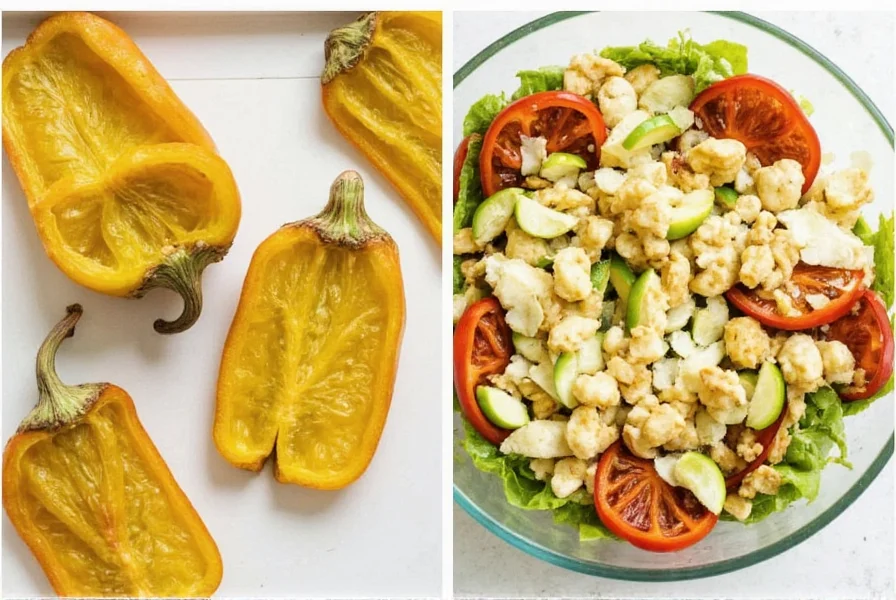
Hack #1: Turn Them into Flavorful Powder
One of the easiest and most transformative uses for dehydrated bell peppers is turning them into powder. Simply grind them in a spice grinder or high-speed blender until fine. This vibrant powder can be used as a seasoning or even a colorful garnish.
- Use it to season roasted vegetables
- Mix into dry rubs for grilled meats
- Add a pop of color to dips like hummus or aioli
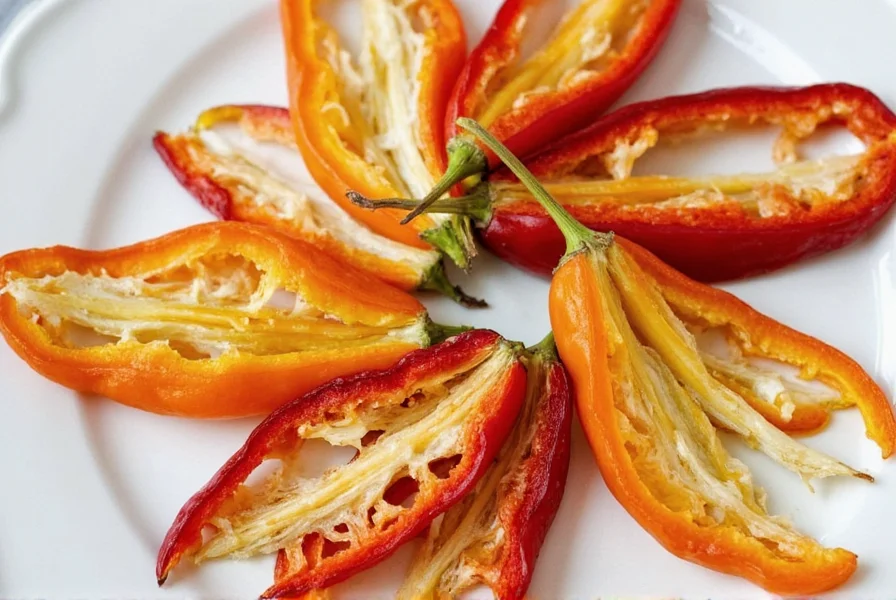
Hack #2: Boost Soups & Stews with Intense Color and Taste
Rehydrating dried bell peppers before adding them to slow-cooked dishes gives you a more robust flavor and satisfying texture. The deep sweetness and earthiness really come through in soups, stews, and chili.
Tip: Soak the peppers in hot broth or water for 20–30 minutes before chopping and adding to your pot.
| Method | Flavor Impact | Texture |
|---|---|---|
| Fresh bell peppers | Mild, crisp | Crispy |
| Dehydrated + rehydrated | Intense, smoky-sweet | Tender-chewy |
Hack #3: Make Your Own Homemade Seasoning Blends
Want to create custom spice blends that stand out? Combine ground dehydrated bell pepper with smoked paprika, garlic powder, onion powder, and herbs like thyme or oregano. Here's a basic recipe:
- 2 parts red bell pepper powder
- 1 part smoked paprika
- ½ part garlic powder
- ½ part onion powder
- A pinch of sea salt
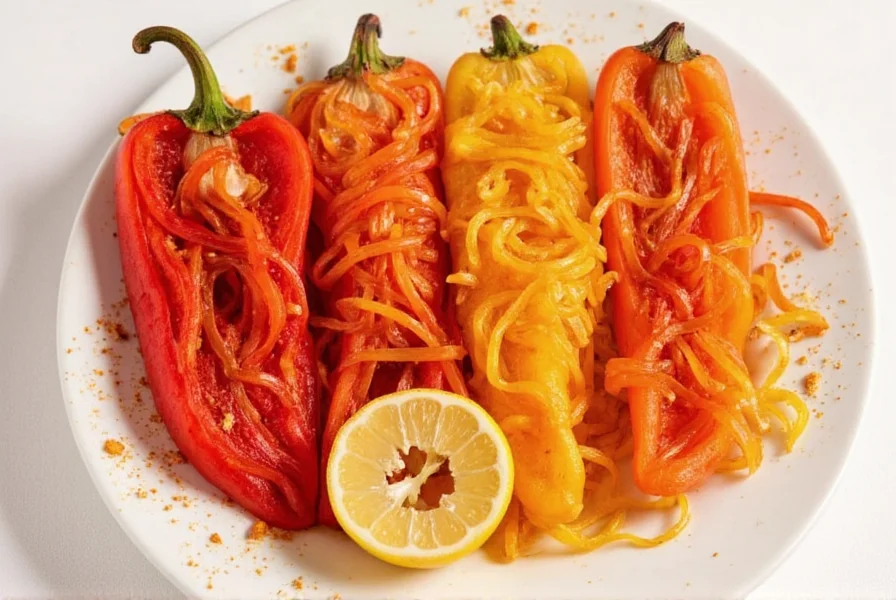
Hack #4: Create Vibrant Oil Infusions
Infused oils are a fantastic way to preserve and utilize the flavor of dehydrated bell peppers. Simply place crushed dried pieces in a bottle of olive oil or avocado oil and let sit for a few weeks.
- Great for drizzling over pizzas or pasta
- Add a spicy twist by including dried chili flakes
- Store in a cool, dark place to maintain freshness
Hack #5: Add Crunchy Texture to Dishes
If you love texture contrasts in your food, try lightly baking or frying small pieces of dehydrated bell pepper until they're crispy. These make excellent toppings for:
- Salads
- Ramen or miso soup
- Pizza or flatbreads
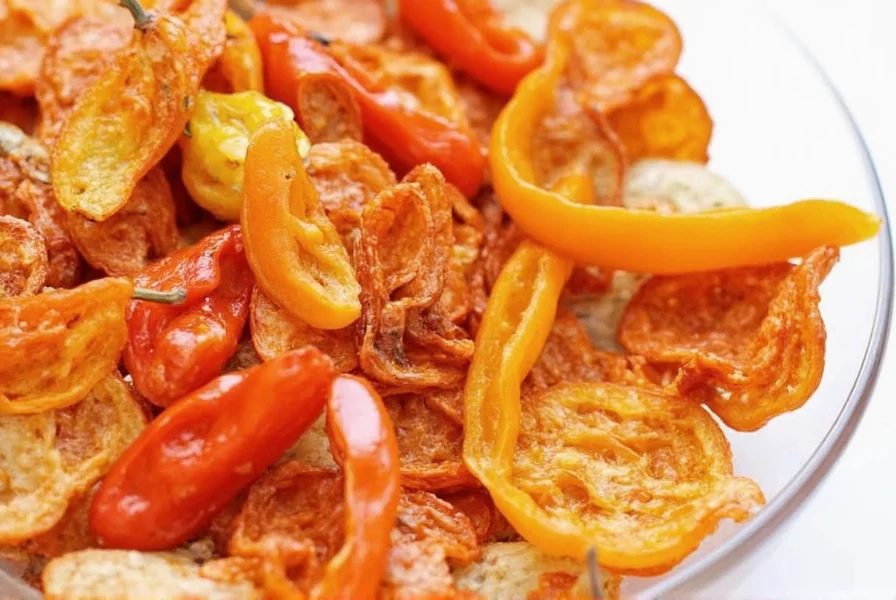
Smart Storage Tips for Long-Lasting Flavor
Proper storage is key to preserving the flavor and potency of your dehydrated bell peppers. Here's how to keep them tasting fresh for months (or even years!):
- Vacuum Sealing: Reduces exposure to air and moisture
- Oxygen Absorbers: Helps prevent oxidation and mold growth
- Glass Jars: Better than plastic bags for long-term storage
- Desiccants: Silica gel packets absorb any lingering moisture
| Storage Method | Shelf Life | Best For |
|---|---|---|
| Ziplock bag at room temp | 3–6 months | Short-term use |
| Vacuum sealed + pantry | Up to 1 year | Regular cooking |
| Freezer (sealed) | 2+ years | Long-term preservation |
Buying Guide: What to Look for in Dehydrated Bell Peppers
Whether you're purchasing pre-dried peppers or planning to dehydrate your own, here are some key factors to consider when selecting the best quality:
Key Features to Look For
- Natural drying method: Air-dried or sun-dried options retain more flavor than oven-dried ones
- No additives: Avoid products with preservatives, artificial colors, or sugar
- Uniform thickness: Ensures even dehydration and better storage stability
- Vibrant color: Bright red, orange, or yellow hues indicate freshness and quality
General Buying Advice
- Home cooks: Choose pre-seasoned strips or small packs of whole dried peppers for convenience
- Professional chefs: Opt for bulk flake varieties for consistent supply and cost efficiency
- Snack lovers: Look for crispy pepper strips as a healthy alternative to chips
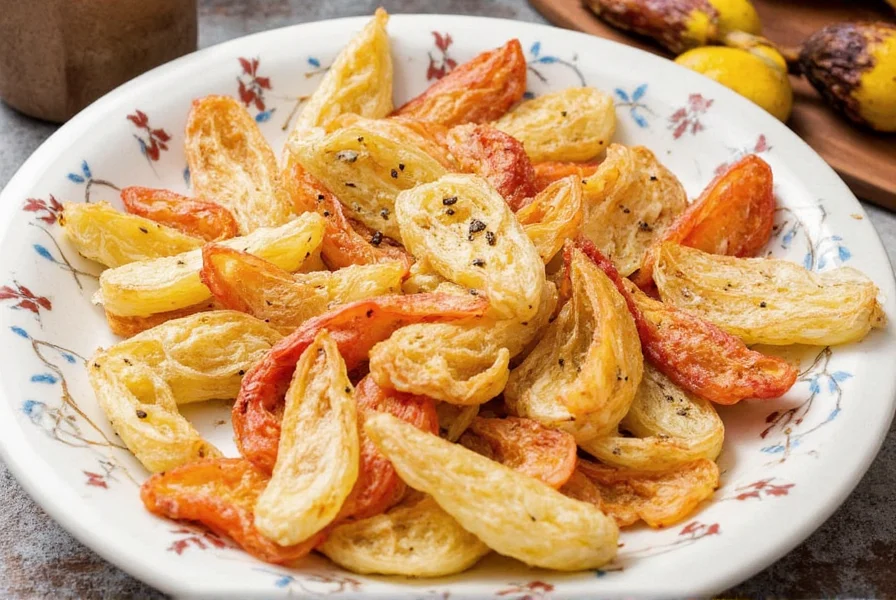
Frequently Asked Questions
How long do dehydrated bell peppers last?
Properly stored dehydrated bell peppers can last 6-12 months in the pantry when kept in an airtight container. With vacuum sealing and storage in a cool, dark place, they can maintain good quality for up to 2 years. For maximum longevity (2+ years), store them in the freezer in moisture-proof packaging with oxygen absorbers.
How do I properly rehydrate dehydrated bell peppers?
To rehydrate dehydrated bell peppers, place them in a heatproof bowl and cover with hot water, broth, or even wine for added flavor. Let them soak for 20-30 minutes until they reach your desired tenderness. For soups and stews, you can skip pre-soaking and add them directly to the cooking liquid, allowing extra cooking time for them to soften. Drain excess liquid before using in dishes where moisture content matters.
Can I eat dehydrated bell peppers directly without rehydrating?
Yes, dehydrated bell peppers can be eaten directly as a crunchy snack, especially if they've been dried to a crisp texture. You can also grind them into powder for immediate use as a seasoning. However, for most cooking applications, rehydrating them first will provide better texture and integration with other ingredients.
What's the flavor difference between different colored dehydrated bell peppers?
Red bell peppers are the sweetest and most developed in flavor, with notes of fruitiness that intensify when dehydrated. Yellow peppers offer a milder, slightly citrusy sweetness, while orange peppers fall between red and yellow in flavor profile. Green bell peppers have the most vegetal, grassy flavor that becomes more concentrated but retains some bitterness when dehydrated. The dehydration process enhances the natural sugars in all varieties, but the fundamental flavor characteristics remain distinct.
Are dehydrated bell peppers as nutritious as fresh ones?
Dehydrated bell peppers retain most of their nutritional value, particularly vitamin C and antioxidants, though some water-soluble vitamins may decrease slightly during the drying process. The main nutritional difference is concentration - since water is removed, the nutrients per ounce are actually higher in dehydrated peppers compared to fresh. Just remember that you'll typically use smaller quantities of dehydrated peppers in recipes compared to fresh, so the actual nutritional contribution per serving may be similar.
How can I make dehydrated bell peppers at home?
To make dehydrated bell peppers at home, start by washing and slicing peppers into even ¼-inch strips. Remove seeds and membranes for less bitter results. Arrange on dehydrator trays in a single layer, leaving space between pieces. Dehydrate at 125°F (52°C) for 8-12 hours until completely dry and brittle. Alternatively, you can use an oven on the lowest setting with the door slightly ajar, checking frequently. The peppers are done when they snap rather than bend. Allow to cool completely before storing in airtight containers with oxygen absorbers.
Conclusion
The humble dehydrated bell pepper might just be one of the most underrated tools in your spice arsenal. From enhancing flavors to adding crunch and color, there's no shortage of creative ways to incorporate them into your daily cooking. With proper storage and smart usage, you can enjoy their unique taste all year round.
Whether you're looking to spice up your homemade blends or simply reduce waste by using what you have, don't overlook the power of this vibrant, flavorful ingredient. Ready to level up your spice game? Grab a bag of dehydrated bell peppers and get experimenting!

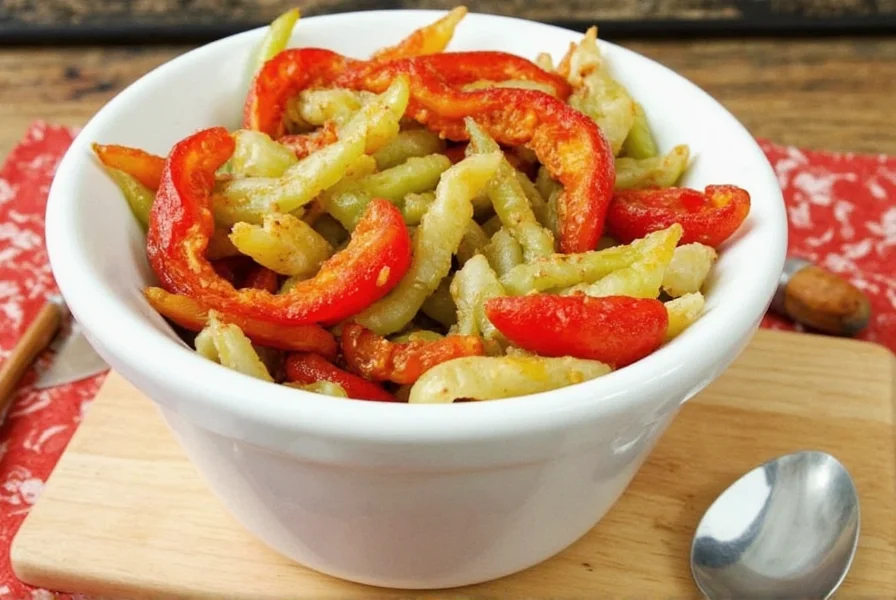









 浙公网安备
33010002000092号
浙公网安备
33010002000092号 浙B2-20120091-4
浙B2-20120091-4